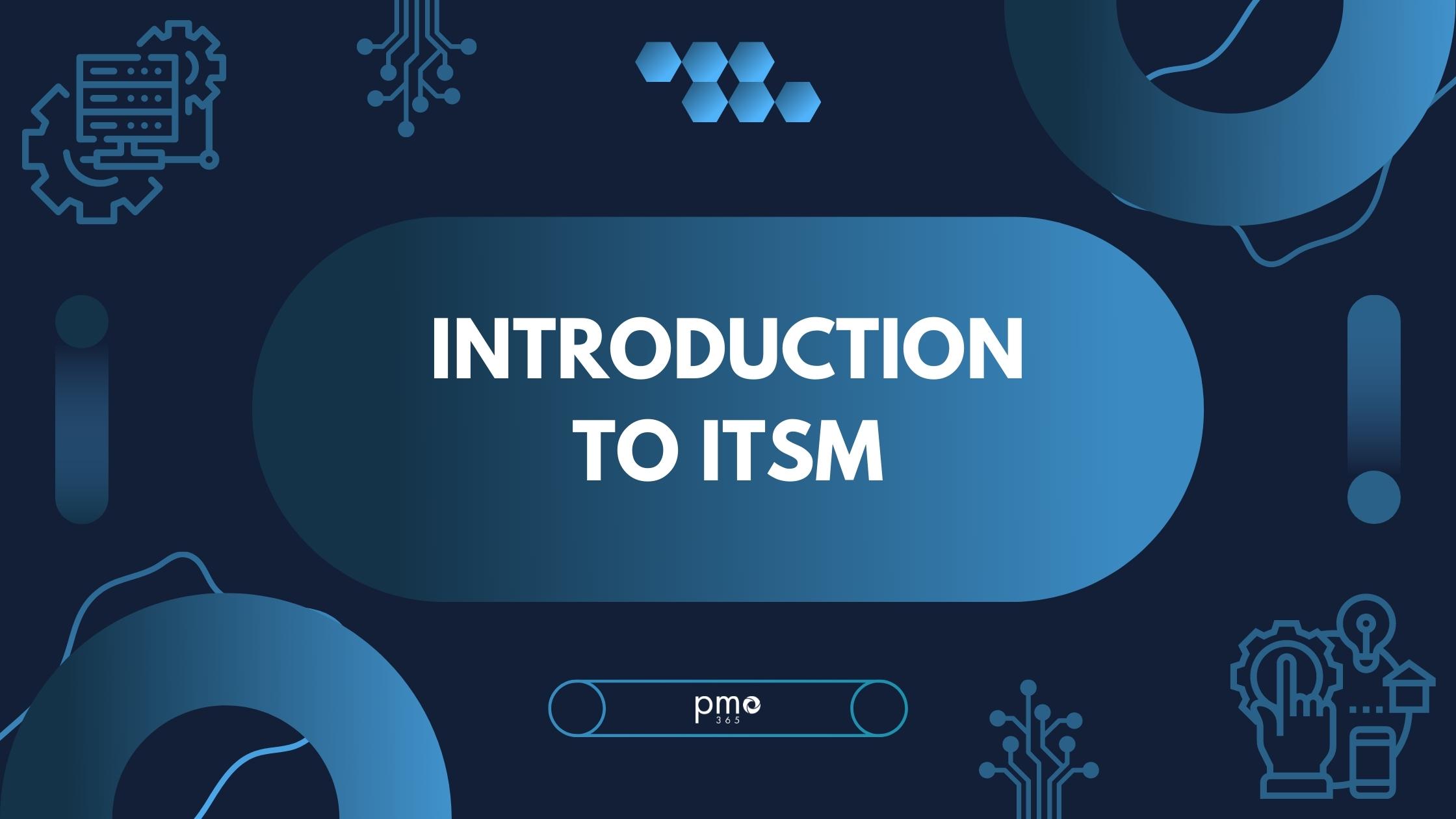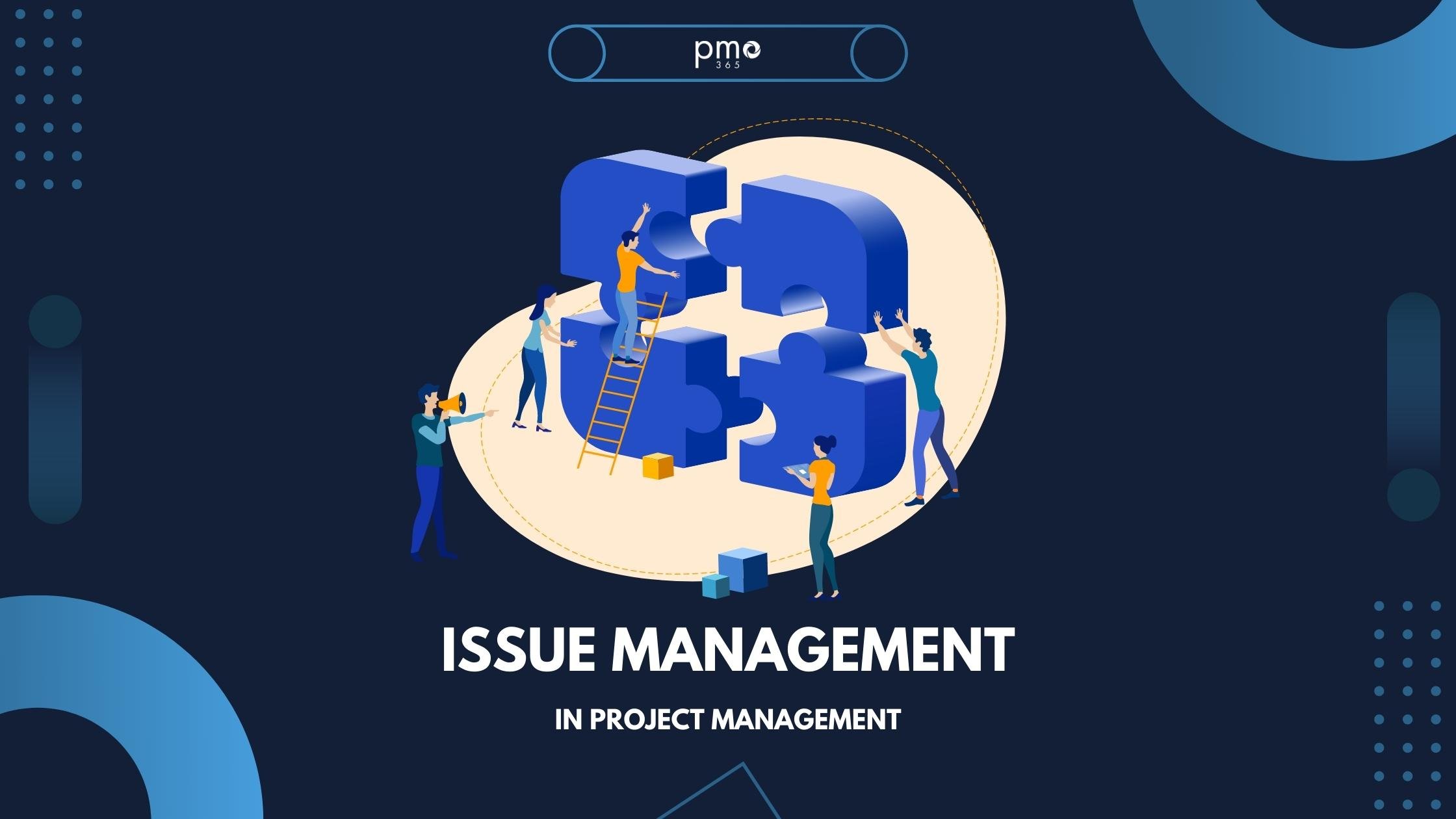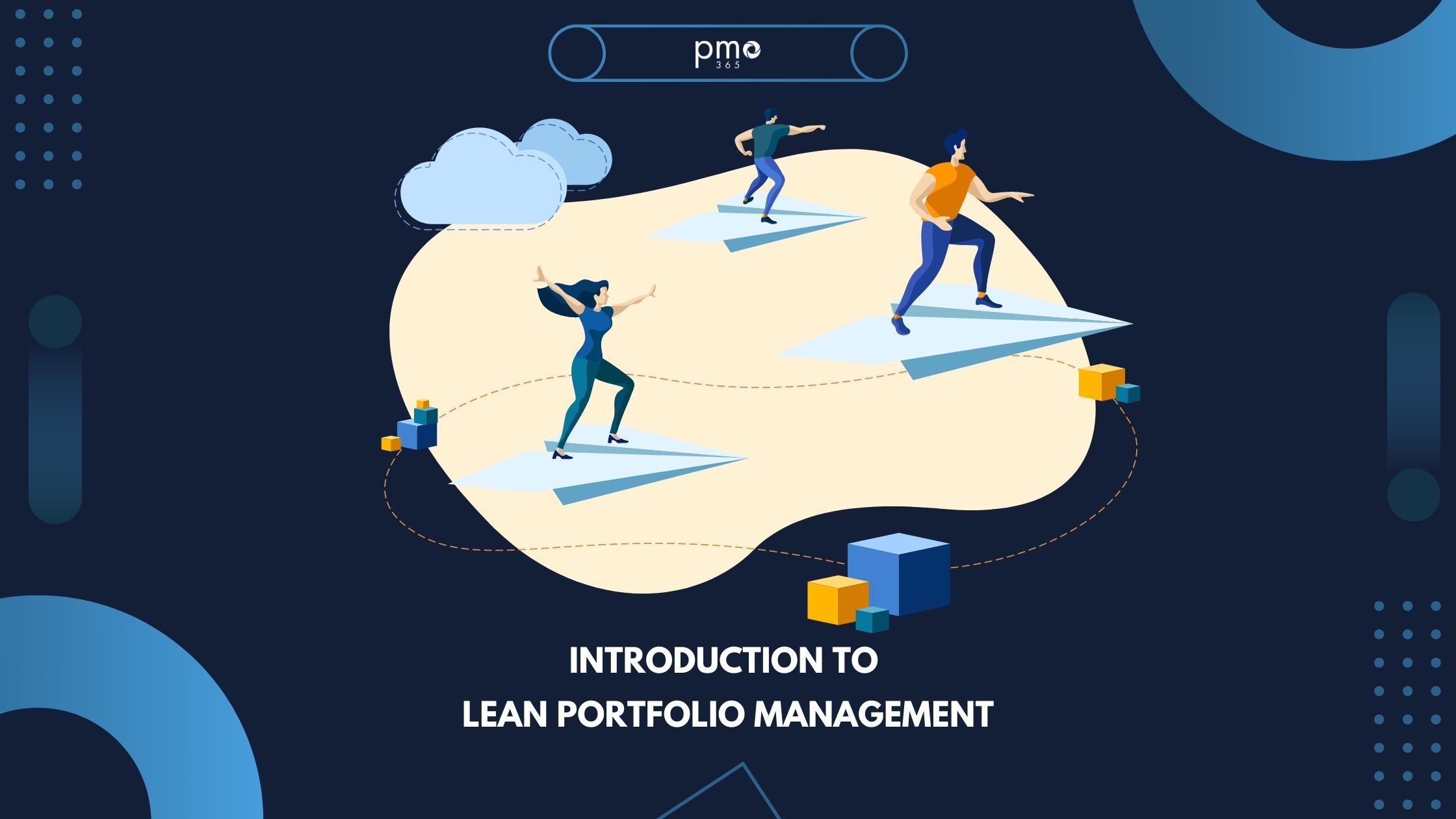Although Product Management is gaining traction, it can be confusing what it actually is. This blog will clarify your understanding about product management- what it is, and how to do it well. We’ll walk you through everything you need to know – from definitions, responsibilities, processes, and software features for effective product management.
What is a Product?
Before we get anywhere, we need to talk about what a product is.
A product is a system or solution that is intentionally crafted and maintained to solve specific problems for both the customer and business. The primary goal of solving these problems is to achieve customer-based or market-based value. Products can come in forms such as a good, a service, platform, or application. What makes a product unique is that it has no defined completion date. In contrast, it is intentionally designed to be continually updated, so it can adapt to changing market needs.
But a product can’t magically make itself. It requires a planned process that progresses it from a mere idea to an long-term and sustainable product. That is why products and projects often come hand in hand.
Where a product is a solution to a problem, a project is the way that solution (ie. product) is created.
What is Product Management
Product management is a strategic function of an organisation. This is because it involves strategically identifying, building, and maintaining value-producing products to achieve market success.
Product management is particularly popular in the Information and Communication Technology industry. This is because it complements iterative project management methodologies, which the ICT industry utilises. As the digital and tech market is highly competitive and fast paced, product management responds to its changing needs.
Product management is highly customer-oriented, as it has the fundamental purpose of determining market demands to inform product development strategies. Product managers believe that by listening to customers, they can increase the value of their products to customers. It further encourages the customers to invest into the organisation’s product and brand. Thus, product management has a strategic and outward focus.
Product management thus has the aim to discover the sweet spot between the user experience, organisations, and technology. We’ll talk more about that process to find that below.
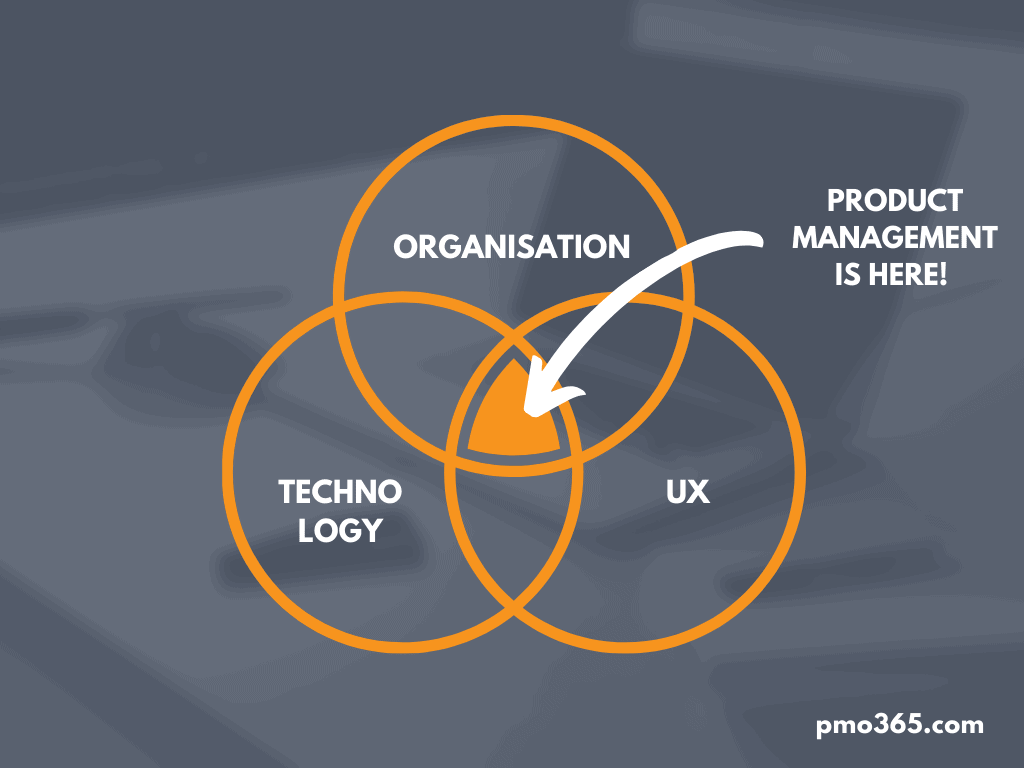
We go into all kinds of detail about this topic in our explainer piece on project management vs product management, check out the 5 key differences between project and product management.
Why is Product Management Important?
There are four main reasons why product management is important for your organisation:
1. Ensure you make the right product
Many organisations and teams have plenty of products but the reality is that funding is limited. The product management team is tasked with prioritising products which bring the most value to the organisation through market research.
2. Reduce chances of ineffective products
Product management is not only about creating, but tracking and maintaining. Through these processes, product managers know the progress or lack of progress of products. Through activities such as benefits management, product managers can always keep track of how much value a product brings. This also makes it easier to cut off products that are ineffective or don’t have market value.
3. Implementing product features in a timely manner
Product managers always keep their ears close to the ground for opportunities to gain more market value. Product management helps effectively gather, identify, track, and respond to ongoing changes in the market. The typically Agile and interactive nature of product management also means that the product can be released in the fastest and most efficient method.
4. Ensure customer satisfaction
Too often products get made without proper consultation and ongoing feedback from customers, leading to missed opportunities and unsatisfied customers. Effective product management is highly customer-based. So, it constantly keeps track of customer feedback to inform and influence future iterations of the product. If you’re trying to capture customers, you should know everything there is to know about them.
Product Management Core Functions
So just what does product management cover? Though it has a wide range of activities, product management has three core functions:
Research, Feedback, and Data Analysis
One of the core tasks of a product manager is learning all they can about their product, customers, and market. Product management relies heavily on this in-depth knowledge to inform their decision making and strategic plans. However, product managers should gather this critical data on an on-going basis. Effective product management involves the proper collection, management, and implementation of customer feedback into value-adding initiatives.
But what’s the use of all this data if you can’t understand it? That is why data analysis is a big part of product management. It is a fundamental for product teams to be able to discover new opportunities.
Strategy Development
As a more outward and long-term focused arm of an organisation, product management plays a large role in the strategic development and execution of products. Product managers should identify the vision of a potential product, and develop a high-level strategic plan to make it a reality. From the product manager’s knowledge of the market, they can produce a product vision, strategy, road maps, cursory time-frame, and resource needs.
Cross-functional Communication and Collaboration
Product management involves extensive collaboration, coordination, and communication with stakeholders and teams across an organisation. With its inherently strategic role, communication between these teams is what makes the product as successful as possible.
This is particularly true when trying to communicate the product roadmap. The roadmap needs to be clear, structured and effectively communicated to engineering teams, sales and marketing teams as well as ongoing support teams. Communication and collaboration is an ongoing process for product management due to its open-ended nature.
How Agile and Product Management Work Together
Product management may not be inherently Agile, but some of its core goals and functions align closely with Agile philosophies, including:
- Being customer focused: Customers are the root of everything in product management. Successful products are the ones that address customer needs, sometimes before they even know they need it. Product managers thus have to invest into closely understanding their customers, market and competitors to find those gaps.
- Experimental approaches: Agile was created to accommodate change and product management flourishes in a flexible, experimental environment. Trying to identify a need, issue or solution ahead of time does not come easily. That’s why the use of minimal viable products (MVPs) is becoming more popular as it helps determine customer needs through observing their responses.
- Releasing incrementally and frequently: An extension of experimentation and MVPs is incremental releases of the product to accomplish it. By releasing in smaller increments but more frequency, product management teams have more time to incorporate customer feedback to make the most customer-appropriate solution.
- Embracing change: To keep up with customers changing needs and demands, product management needs an approach that can keep up. Successful product managers need to not only accept, but excel at navigating in fast-paced and dynamic spaces. Agile’s streamlined processes help give organisations the flexibility and agility they need.
- Strategic and tactical planning: Product management requires a mix of long-term strategy yet short-term tactical implementation. Mixing in high-level broad planning with in-tune short-term actions allows for more real-time responses and estimations of the future of the product itself.
As a result of these similarities, industries that focus on products, particularly information and communication technologies (ICT), are more likely to adopt Agile philosophies and approaches to their own processes. Check out how pmo365 can revolutionize ICT management.
Product Management Process
Incredible ideas don’t magically turn into incredible products. Sometimes, incredible products come from not-so-incredible ideas. The product management process helps your organisation pull the best ideas and make the best out of existing ideas.
However, it is important to note that there is no one-size-fits-all approach to product management. Depending on your team or organisation’s needs and structure, these steps may go under different names, but products typically go through these seven stages.
1. Idea Management
Ideas can come from many different places, channels, and people. That’s why it is important to make sure you can effectively capture and manage these ideas in a central location, so you can review and evaluate these ideas. Most project managers call this project pipeline management. Producing an idea backlog allows you store up valuable ideas, even if you won’t execute them immediately.
However, idea management is not simply collecting the ideas. It’s also about fostering the right environments, cultures, and practices that encourage creative thinking and sharing of ideas. This has the added long-term benefit of improving collaboration and communication with teams across the organisation.
2. Product Specification
Once you’ve captured ideas and selected your best ones, the next step is to provide general details. Product specification are not lengthy or highly technical. Instead, they aim to answer three questions:
- What are we building and why are we making it?
- What are we trying to achieve with this new product?
- How do we measure the product’s success?
Try to answer these questions with the team while also including input from a wider range of stakeholders to ensure it is addressing the right issues with a customer focus. Depending on your team’s product development style, your product specification documents can adopt a waterfall, agile, or hybrid approach.
Some key items contained within a product specification document include:
- Product summary: A brief description of the idea and the proposed final product, features, and timeline.
- Business case: Outline the benefits of the product for the organisations. This may include quantitative or qualitative factors that add business value. Briefly outline the required budget or resources as well.
- User stories: A summary that describes the impact of the new product from a user perspective.
- User personas: Description of characteristics, needs and goals of the target user of the product.
- Product Description: A general sketch of the product design that can evolve as development progresses
- Functional specifications: A list of the capabilities of the new product and how it should interact with the user.
3. Product Road mapping
A product roadmap is a high-level visual summary of the product vision, direction, and strategy over time. It helps ease communication and collaboration with teams regarding the why and the what behind their product. At the same time, it also builds a consensus on how the product will grow as it progresses. A product roadmap acts as your team’s shared source of truth, ensuring everyone is on the same page.
Product roadmaps often have three key components:
- Theme: Highest level strategic objectives of the product
- Epic: Subsets of a theme that project managers often break down into a smaller group of tasks
- Story: A further subset of the product, feature or epic.
It may seem counterintuitive to make a roadmap before prioritisation. However, this is order helps teams to not get bogged down in features. Instead, it ensures teams align all activities with the broader theme that the team is trying to achieve.
4. Product prioritisation
Once the product team has outlined all the potential feature in the roadmap, they can create a backlog of the prioritised features. You probably won’t include all features in this backlog, so it’s important strategically and efficiently balance the most urgent tasks.
There are many different ways people can visualize and organise their priorities, some through a product-tree or the well-known RICE (reach, impact, confidence, effort) model. These practices help determine the order of times based on their impact on the product vision, objectives, and KPIs.
5. Product Delivery
There are many different approaches one can take to delivering a product, though the popular choices will often fall under the Agile vs Waterfall debate. No matter which methodology or approach you choose, the focus of project management is to make sure the product is meeting its requirements and expectations.
The ongoing process of delivery requires extensive coordination of multiple tasks – from schedule management to resource management and risk management to ensure a product does not go off the rails. One of the most common issues of products and projects is scope creep. Make sure all your key activities are centralised in real-time to prevent issues from going unnoticed and potentially derailing the entire product.
6. Product analytics
You’ve released your product, but the work does not end here! Every release stage offers an opportunity to learn from users and incorporate this new information into a more focused product or feature. It is thus important to put analytical frameworks and measures in place. Then you can easily understand, visualise, and act on any connections, causations and correlations you discover.
With pmo365, your team can tap into the power of Microsoft Power Platform and Power BI to connect nearly any external data source and provide diagnostic analytical reports in a user-friendly interface.
7. Customer Feedback
Customer feedback can come in many forms – from in-app opportunities, customer advisory boards, focus groups, usability tests to direct sales team interactions. As customer feedback is one of the most fundamental building blocks of a successful product, product managers must be proactive in both gathering and utilising this input into future iterations of their product.
A useful place find learning lessons is from previous customers. You may find it insightful why certain customers didn’t stick with the product, and can use this information to improve the product.
Product Management Software Features
To handle these wide range of tasks, there are specific features that product managers should look out for in their future PPM software that can help them accomplish tasks unique to product management.
Here are some of the top software features a product managers should look out for:
Gantt Charts
Visualising tasks, activities, and responsibilities is one of the most important aspects of product management, particularly in regards to product roadmaps. With pmo365, this is all simplified and optimised with out online schedule management tool that allows you to easily plan, coordinate, update, and communicate all progress and changes as a product progresses
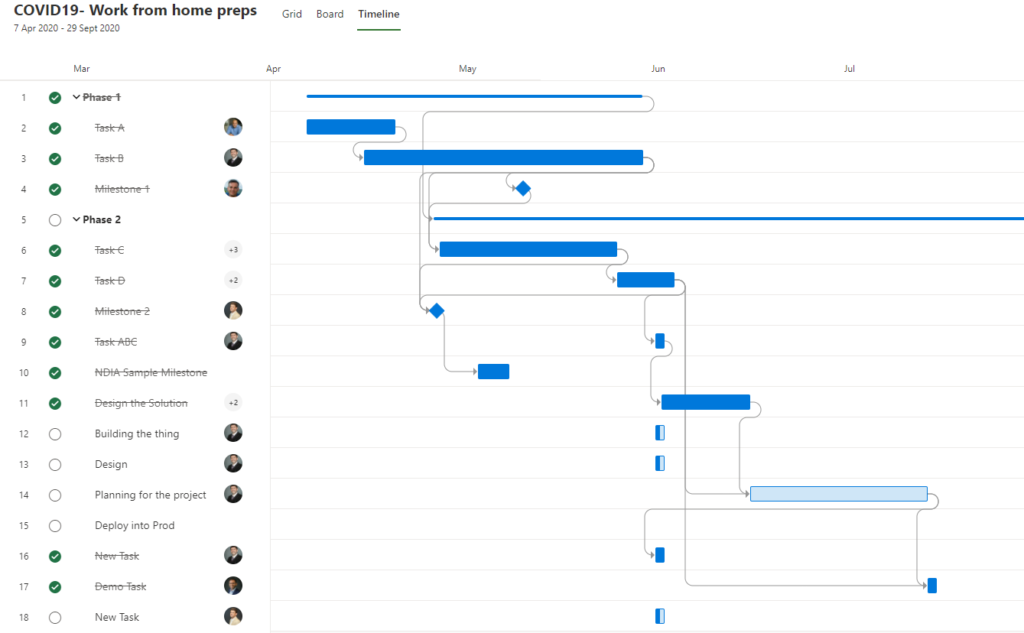
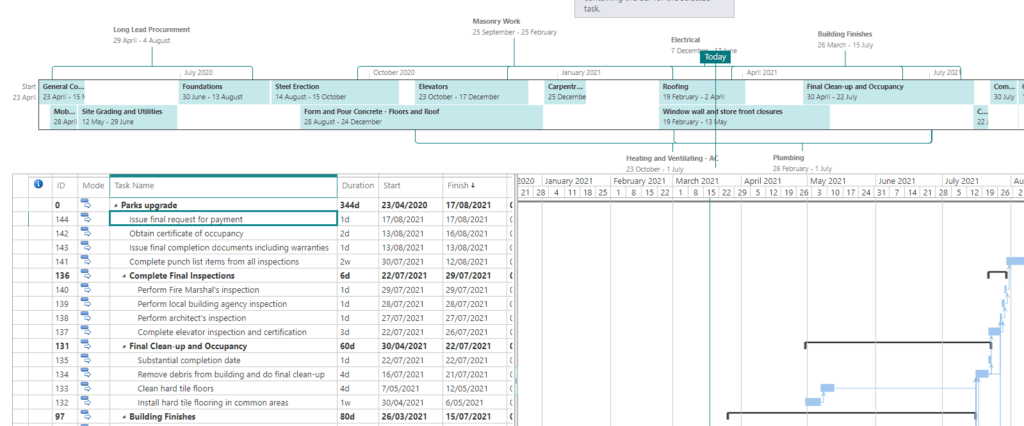
Resource management
With the open-ended and long-term nature of products, outsourcing is not common as it disrupts the flow and progression of the product. As a result, organisations need to coordinate a wide variety of tasks with a large group of people, but within a limited set of resources. An effective resource management tool like pmo365’s is critical to monitor and track team availability. It also ensures all team members are being as productive as possible.
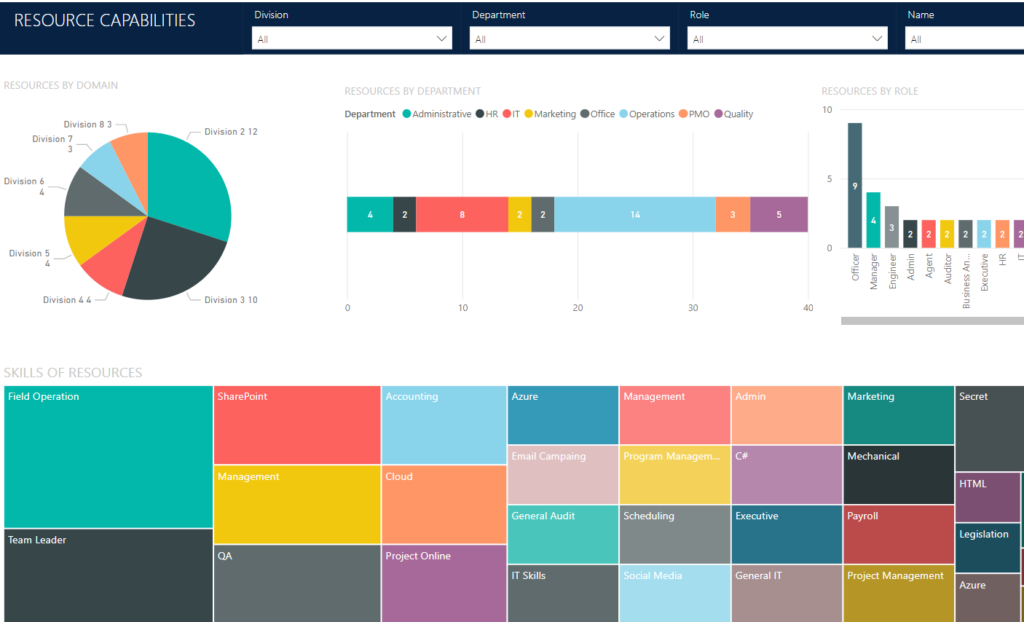
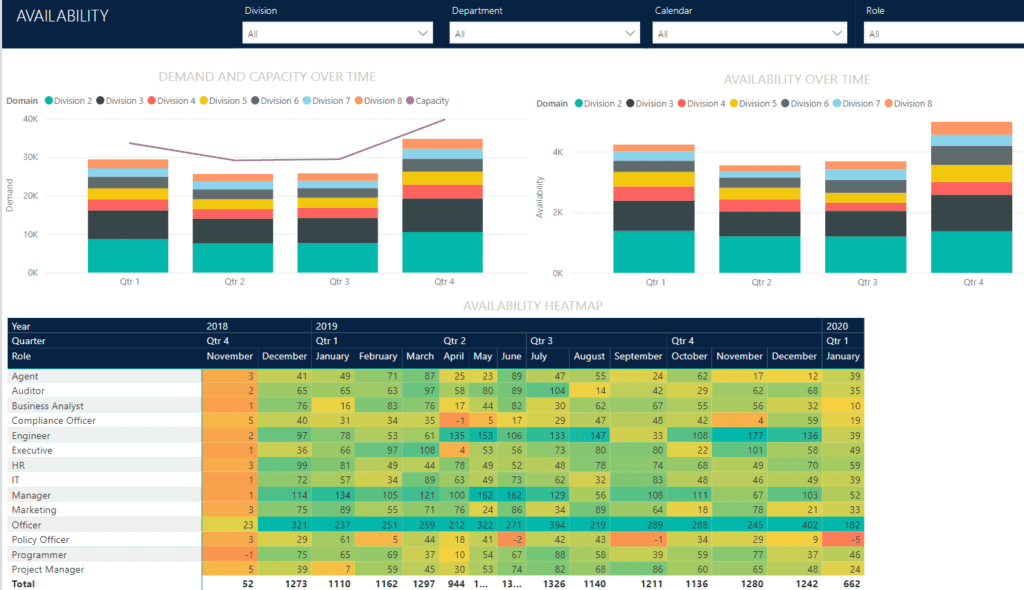
Collaboration capacity
As we mentioned before, product management involves coordination and collaboration with a wide range of teams and stakeholders. But it doesn’t help if teams are all using different platforms and apps to plan and communicate with each other. Make sure your product management software has the ability to facilitate easy collaboration and communication! pmo365’s software takes it to another level by allowing you to integrate all your data and processes onto a single platform so there are no critical information gaps across your organisation.
Real-time smart dashboards
When your team needs agility, dashboards are one of the most useful tools to get a cursory glance of the progress and health of projects and products. For product managers, having a real-time, accurate and intuitive dashboard is of the utmost necessity to keeping all potential risks and issues at bay. pmo365’s smart dashboards allow you to quickly gain a live overview of your product progress and allows team members to easily configure the dashboard to make quick and practical reports.
Portfolio management
Product’s have a strategic value and position. This is why it is important to understand the broader synergies across the entire portfolio to better grasp its impact and allow for more efficient product management. An effective portfolio management tool helps you easily visualise, prioritise and manage products that will result in the most value for both the business and customers.
Though product management and project management overlap, they do have their unique differences and this also plays out in the different software features they should prioritise. Make sure you choose a solution specifically for product management.
Product Management Skills
Communication
An effective communicator makes a successful product manager. Coordinating with many different stakeholders is no simple task and though people talk on and on about communication, the sad reality is that not many people are truly effective communicators. Make sure to download our free soft skills development checklist so you can become the best communicator.
Negotiation
The ability to communicate is only the first part. Product managers need to know how to properly convey their message if they are ever to reach a compromise that is not only mutually beneficial but can foster better collaboration and cooperation between teams. Remember, the better you are at clear fuss-free negotiations, the faster and smoother your product process will be.
Problem-solving
Products are always changing due to the ever changing demands of the customer. Keeping up with these changes requires a problem-solving mind that can quickly take charge, analyse the situation and make the most out of the situation. An effective product manager is able to quickly adapt to their situation and find the biggest opportunity that can take the product to the next level.
Market knowledge & user research
Product management is all about understanding their clients. Market knowledge may include things such as understanding the customer’s interactions with the product, keeping an eye out on competitors or hunting for new opportunities. Product managers need to know how to get all this critical information if they are to make the right product for the organisation. Market knowledge is accompanied by user research which uncovers the specific ways customers engage with the product. User research related practice may include producing customer stories, conducting user interviews, or running different user tests.
Analytical skills
Product managers have a flurry of information thrown at them, but there’s no use if they can’t make sense of it and use it effectively. Analytical skills are critical for product managers to be able to translate data into value-producing products. Understanding the cause-effect relationships within data will also be beneficial for improving future performance of the product.
Strategy and vision development
Developing a product strategy and vision requires seeing the big picture. A product manager needs to facilitate ideation with stakeholders, push the limits of where this product can go conceptually and start building an effective plan to get there. It’s more than simply following best practice and predefined processes- it requires critical thinking and a visionary perspective.
pmo365 is the one-stop solution for product managers
pmo365 is a bespoke PPM solution that caters directly to your needs. We design your solution with all the tech, tools, and talent so your product management team flourish.
We have plenty to offer product managers such as:
- Intuitive and integrative user-friendly software that can adapt to your team’s specific product management processes and practices.
- Insight and expertise from leading PPM experts in the field who have satisfied customers globally.
- Additional training, resources, and tools to help your teams build the best practices that bring out the best of your product management activities
Book a demo to see our tool in action!



